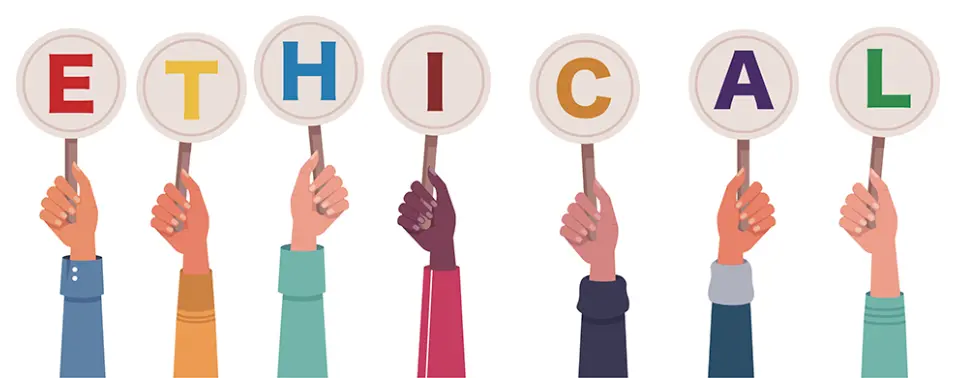- I chose the instance of the social worker considering an online search regarding reported domestic abuse with a client. (Reamer, 2021) I chose this example from the article because it seemed the least clear cut of the examples provided. My assessment of the situation is that any records regarding arrest would be public record and the social worker should be able to fully access. However, it would be inappropriate for the social worker to reference or “call out” the client if they find the client is omitting or misrepresenting details of the incident. The response should be to use the details to guide clients’ treatment but staying focused on the client and her experience. All reports should be taken with knowledge that each account is from the individual reporting perspective, whether that is the client, witness, or officer on scene.
- From Reamers article I chose personal gains from boundary dynamics. I selected this boundary dynamic because it seems increasingly difficult to navigate in the digital era of social media being a stream of income or profession. An example being a social worker using their platform and professional credentials, inherent trust, as a social worker to then profit from sponsorships or driving clientele to businesses. I chose the Gerhards (2025) article titled, “Social Media Influencers as “Dirty Workers”: An Explorative Study on How They Use Strategies to Reduce the Moral Taint” From the article I learned about the tools influencers use to maintain trustworthy and positive images.
- I believe Reamer suggests developing a social media policy and sharing this with clients is a positive and proactive strategy. Preventing miscommunication or back and forth in the future. I believe the clear boundary on following each other, or not, on social media should be included. Especially considering how the algorithm has advanced so far in the “people you may know” section. I believe if a social worker who maintains a private social media account it would be effective in creating boundaries and limiting unethical interaction. This would allow the client to not have access to social workers private life and maintain a professional unbias stance in a clinical setting.
Reamer, F. G. (2021). Social work boundary issues in the digital age: Reflections of an ethics expert. Journal of Social Work Values and Ethics, 18(1), 376–391.
Gerhards, C. (2025). Social Media Influencers as “Dirty Workers”: An Explorative Study on How They Use Strategies to Reduce the Moral Taint. Social Media + Society, 11(2). https://doi.org/10.1177/20563051251348917(Original work published 2025)


I agree, a clear policy upfront ends any miscommunication. I do think this is something that everyone should be implementing as social media progresses.
First of all, I love the image you used for this blog post! It really pulled me straight to your post. I also love that you picked this case; it really is one of the more complex examples. I agree with you that while public records are accessible, using them without the client’s knowledge could harm trust, so keeping the focus on the client’s experience is key. Your point about personal gain and social media also stood out. Social workers using their role to profit online definitely raises concerns about boundaries. I agree that a clear social media policy is the best way to set limits and prevent confusion, especially with how algorithms now connect people in ways we can’t always control.
Hi! The example you chose was super interesting to me as well. When it went on about the social worker messaging on facebook with their client! My goodness, what a weird choice!
Amanda,
I am a bit confused about your first response, in that I don’t know if you are saying it’s ok to search your client online or it isn’t. It seems you are saying it’s ok to search, but you shouldn’t share it with the client? So you would use the information you learned in your treatment plan, but not tell the client? I think that would be violating other ethical standards in the code of ethics to take that approach.
I don’t understand your discussion in the answer to question 2. I don’t understand social media being a stream of income? The issues in this class esession relate to clinical practice, so I’m confused about your point. Also, the article you reference sounds very interesting, but I am not clear on the point from your summary.
I think you are correct about the “people you may know” sections of social media platforms, but I suspect social work clinicians will need to take much more forceful action regarding their use of social media in the first place.
Dr P